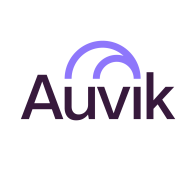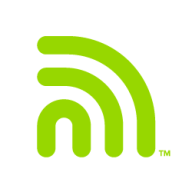

NetAlly EtherScope nXG and Auvik are both advanced network management tools, but Auvik generally has the upper hand due to its comprehensive features and better long-term ROI.
Features: NetAlly EtherScope nXG: Robust diagnostic capabilities, real-time analysis, on-site troubleshooting. Auvik: Network monitoring, automation, automated network mapping, configuration backups.
Room for Improvement: NetAlly EtherScope nXG: More intuitive interface, enhanced integration with IT systems, broader network management. Auvik: Improved reporting functionalities, scalability for larger networks, specific operational enhancements.
Ease of Deployment and Customer Service: NetAlly EtherScope nXG: Straightforward deployment, prompt customer service, detailed documentation. Auvik: Ease of deployment, cloud-based setup, complex initial configuration, strong customer service, quicker on-site issue resolution for NetAlly.
Pricing and ROI: NetAlly EtherScope nXG: Higher upfront cost, justified by immediate troubleshooting benefits. Auvik: Subscription-based model, cost-effective, better long-term ROI due to extensive features and lower ongoing costs.


Auvik is a network management software that provides real-time visibility and control over network infrastructure.
It automates network mapping, monitoring, and troubleshooting, allowing IT teams to easily identify and resolve issues.
With its intuitive interface and powerful features, Auvik helps businesses optimize their network performance and ensure smooth operations.
Multi-technology, all-in-one handheld network tester that enables engineers and technicians to get more done faster, from deployment to maintenance and documentation of their ever-changing Wi-Fi and Ethernet access networks.
The Etherscope nXG is the the industry’s first handheld analyzer for Wi-Fi 6/6E surveying (with AirMapper™ Site Survey), troubleshooting, and analysis.
We monitor all Network Troubleshooting reviews to prevent fraudulent reviews and keep review quality high. We do not post reviews by company employees or direct competitors. We validate each review for authenticity via cross-reference with LinkedIn, and personal follow-up with the reviewer when necessary.